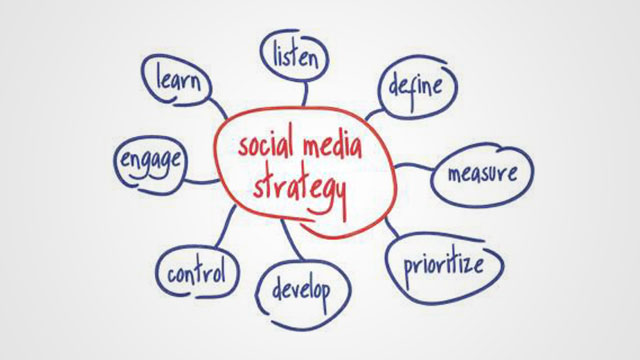As I have written about elsewhere, I strongly believe social media is an essential communications tool for organizations. Today’s platforms offer a powerful and cost-effective way for you to establish yourself and/or your organization as a thought leader in a specific topic, and so raise awareness – and gain important credibility – for your product or service.
The trick is leveraging these platforms in the right way. Here are some of my tips.
Tip 1: Map your product and service to an innovation topic or megatrend.
First consider what you want to say. Go back to your original idea and think about what insights and learnings you have that would be interesting to the wider community. Then see if there are any innovation topics or megatrends that you can link your product or service to – something that gives it a broader significance and/or puts it in a context that people will understand.
Tip 2: Create content that becomes useful knowledge.
Write about your particular insight and the innovation topic or megatrend in your blog. Feel free to talk about what your company does, but avoid a sales pitch (you have other channels for that). Here are some other details to consider:
- Your headline is very important.
- You should have a strong visual to go with the headline.
- Keep your posts short and sweet.
Tip 3: Distribute your content via your website and social media.
Publish on your company website first and then link your blog to all your relevant social media channels. Spend some time on search engine optimization. I recommend buying keywords relevant to your blog and the megatrend you are mapped to. Less expensive solutions, like brandyourself.com, can help you with SEO as well.
Tip 4: Build up your network.
Share your content as widely as possible, but also be sure to share content from others. Some other tips:
- Analyze your network as well to find out who the most important influencers are, the “net promoters of you.” A tool like commun.it can tell you who in your network has the biggest reach and how actively they are promoting your content.
- Try to mobilize your most active influencers by giving them a heads-up about upcoming posts and asking them to cascade and endorse them (this will be most effective if you have a history of returning the favor).
- On Twitter I recommend that you also tag your 10 biggest influencers in the image. This can work wonders: when I tag my top-10 influencers I can sometimes reach a million people or more.
- Monitor your network and adjust who your top-10 influencers are. It’s normal that over time people will be more or less active on your behalf. I adjust my list once a week, looking to find a good mix of support and reach.
- Actively manage your relationships with your most important influencers. Here a service like traackr.com can be extremely useful.
Tip 5: Measure your results
To make sure you are on the right track, constantly measure your results.
- Tools like commun.it and buffer.com allows you to measure the number of impressions and the number of people reached. You can also see if certain topics are in high demand or if there is a part of your network that is particularly receptive to certain kinds of posts. In this way you can quickly take the pulse of your network.
Conclusion
I have been talking about social media for quite a while now, and have had plenty of time to test its effect. Using the techniques described here, and assuming you have an interesting story to tell, I am confident you can establish yourself as a thought leader in your area generally within 6 to 12 months. Diligently followed, this approach not only gives you credibility, it also encourages people to engage with you. And engagement means opportunities, and opportunities mean business.
On top of that, you will learn a lot: about your subject, about your customers, about your ideas and your company, and perhaps about yourself. This is knowledge that can only be of use.
Note: This blog post is adapted from a Founder’s Letter I contributed to the Webb Investment Network. Read more at www.oliverbussmann.com/blog and follow me on Twitter @obussmann.





